Fruit and vegetables contain relatively large quantities of vitamin C and and are best when eaten raw, as thermal processing (cooking) causes the loss of 50% -70% of the vitamins (ascorbic acid – vitamin C is an undurable product sensitive to oxygen and high temperature – above 50 ° C).
The reachest sources of vitamin C are berries and brassica vegetables as well as pepper and citrus friut. The record-holder is acerola, which contains up to 1,677g per 100g vitamin C in the fruit, and therefore it is used for the production of supplements and pure vitamin C on the industrial scale. Also the content of ascorbic acid in wild rose fruit is impressive – up to 426mg per 100g of fruit.
The content of vitamin C in vegetables and fruits expressed in mg / 100 g of edible parts[1]. Daily suggested dosage : 1 mg / kg of body weight [2] [7].
| Product | The content of vitamin C | The amount of product to cover the daily requirements – for a person weighing: | The amount of product to meet daily requirements, taking into account losses during cooking (50% -70%) |
|---|---|---|---|
| 60kg (80kg) | |||
| [mg/100g] | [g] | [g] | |
| Fruits | |||
| Acerola – Malpighia emarginata (Malpighia glabra) | 1677 | 4 (5) | 7-12 (10-16) |
| Rose Petals (Rosa) | 426 | 14 (19) | 28-47 (38-63) |
| Black currant (Ribes nigrum) | 183 | 33 (44) | 66-109 (87-146) |
| Strawberries (Fragaria ×ananassa Duchesne) | 66 | 91 (121) | 182-303 (242-304) |
| Wild strawberries (Fragaria) | 60 | 100 (133) | 200-333 (267-444) |
| Kiwi (Actinidia deliciosa) | 59 | 102 (136) | 203-339 (271-452) |
| Redcurrant / white (Ribes spicatum Robson) | 41 | 146 (195) | 293-488 (390-650) |
| Plums (Prunus) | 9 | – | – |
| Apples (Malus) | 5 | – | – |
| Pears (Pyrus) | 4 | – | – |
| Citrus fruits | |||
| Pomelo – a huge orange (Citrus maxima) | 61 | 98 (131) | 197-328 (262-437) |
| Lemon (Citrus limon) | 53 | 113 (151) | 226-377 (302-503) |
| Orange (Citrus limetta Risso) | 50 | 120 (160) | 240-400 (320-533) |
| Pink grapefruit (Citrus paradisi) | 38 | 158 (211) | 316-526 (421-702) |
| Grapefruit white (yellow) (Citrus paradisi) | 34 | 176 (235) | 353-588 (471-784) |
| Lime (Citrus aurantifolia) | 29 | 207 (276) | 414-690 (552-920) |
| Cruciferous vegetables | |||
| Kale (Brassica oleracea convar. acephala var. sabellica) | 120 | 50 (67) | 100-167 (133-222) |
| Broccoli (Brassica oleracea var. botrytis italica) | 85 | 71 (94) | 141-235 (188-314) |
| Brussels Sprouts (Brassica oleracea var. gemmifera) | 85 | 71 (94) | 141-235 (188-314) |
| Kohlrabi (Brassica oleracea var. gongylodes) | 62 | 97 (129) | 194-323 (258-430) |
| Red cabbage (Brassica oleracea var. capitata f. rubra) | 57 | 105 (140) | 211-351 (281-468) |
| Cauliflower (Brassica oleracea var. botrytis) | 48 | 125 (167) | 250-417 (333-556) |
| White cabbage (Brassica oleracea var. capitata f. alba) | 36 | 167 (222) | 333-556 (444-741) |
| Chinese cabbage (Brassica chinensis) | 27 | 222 (296) | 444-741 (593-988) |
| Sauerkraut | 15 | 400 (533) | 800-1333 (1067-1778) |
| Leafy vegetables | |||
| Ordinary spinach (Spinacia oleracea) | 28 | 214 (286) | 429-714 (571-952) |
| Root vegetables | |||
| Parsley root (Petroselinum hortense ssp. microcarpum) | 133 | 45 (60) | 90-150 (120-201) |
| Nightshade plants | |||
| Red pepper (Capsicum annuum) | 128 | 47 (63) | 94-156 (125-208) |
| Green peppers (Capsicum annuum) | 80 | 75 (100) | 150-250 (200-333) |
| Tomato (Lycopersicon esculentum) | 23 | 261 (348) | 522-870 (696-1159) |
| Early potatoes (Solanum tuberosum) | 16 | 375 (500) | 750-1250 (1000-1667) |
| Late potato (Solanum tuberosum) | 11 | 545 (727) | 1091-1818 (1455-2424) |
| Various vegetables | |||
| Artichoke (Cynara scolymus) | 12 | 513 (684) | 1026-1709 (1368-2279) |
The content of vitamin C in fruit and vegetables may vary depending on the species, the harvest period, storage conditions and the cultivating region[5].
Fruit and vegetable juices
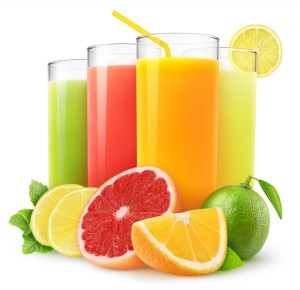 Ascorbic acid (vitamin C) is added to the juices and vegetable or fruit beverages, in order to increase their nutritional value, but also for preserving the naturally occurring vitamin, which under applied processing and storage may be subject to degradation. While producing juices in hermetically sealed containers, sterilization process, and closing the packaging, hydrogen peroxide is used to prolong the edibility of the stored products, and the residue causes ascorbic acid oxidation, and thus its disintegration[6].
Ascorbic acid (vitamin C) is added to the juices and vegetable or fruit beverages, in order to increase their nutritional value, but also for preserving the naturally occurring vitamin, which under applied processing and storage may be subject to degradation. While producing juices in hermetically sealed containers, sterilization process, and closing the packaging, hydrogen peroxide is used to prolong the edibility of the stored products, and the residue causes ascorbic acid oxidation, and thus its disintegration[6].
References
- USDA – United States Department of Agriculture – http://www.usda.gov/wps/portal/usda/usdahome
- Witaminy – mgr inż. Krystyna Beata Radziwon – http://zdrowie.med.pl/witaminy/witc_2.html, Health Canada: Vitamin C: Recommended Dietary Allowances – http://webprod.hc-sc.gc.ca/nhpid-bdipsn/dbImages/1090, Vitamin and mineral requirements in human nutrition – http://apps.who.int/iris/bitstream/10665/42716/1/9241546123.pdf
- Warzywa – https://pl.wikipedia.org/wiki/Warzywa
- Owoce jadalne – https://pl.wikipedia.org/wiki/Owoce_jadalne
- Brygida Wierzbicka, Marzena Kuskowska – “Wpływ wybranych czynników na zawartość witaminy C w warzywach” – http://wydawnictwo.up.lublin.pl/acta/hortorum_cultus/2002/acta_hort_1(2)_art_06.pdf
- Anna Lebiedzińska, Jakub Czaja, Karolina Petrykowska, Piotr Szefer – “Soki i nektary owocowe źródłem witaminy C” – https://ptfarm.pl/pub/File/Bromatologia/2012/3/390-396.pdf
- Vitamin C – https://ods.od.nih.gov/factsheets/VitaminC-HealthProfessional/
Recommended dietary supplements with Vitamin C
Translations
| The article "What is the content of Vitamin C in fruit and vegetables?" in other languages | |
|---|---|
| Jaka jest zawartość witamy C w owocach i warzywach po Polsku: Jaka jest zawartość witamy C w owocach i warzywach |  |


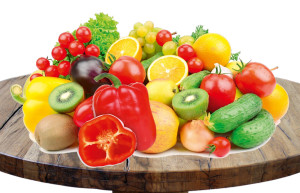
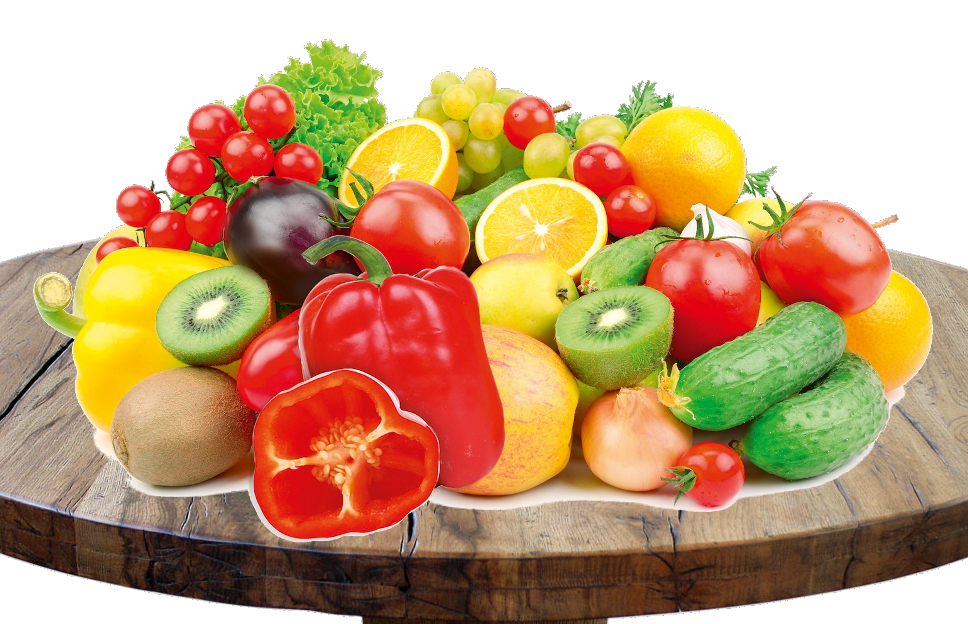

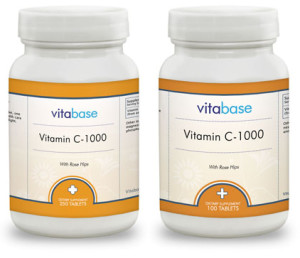
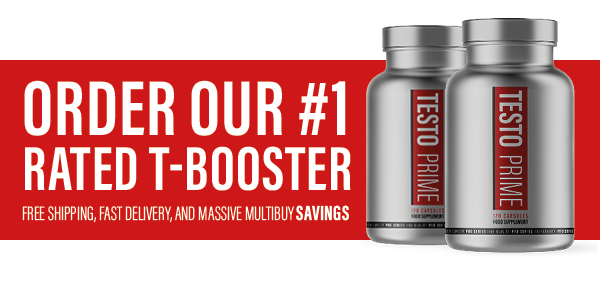

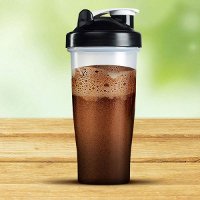






Comments
“What is the content of Vitamin C in fruit and vegetables?”